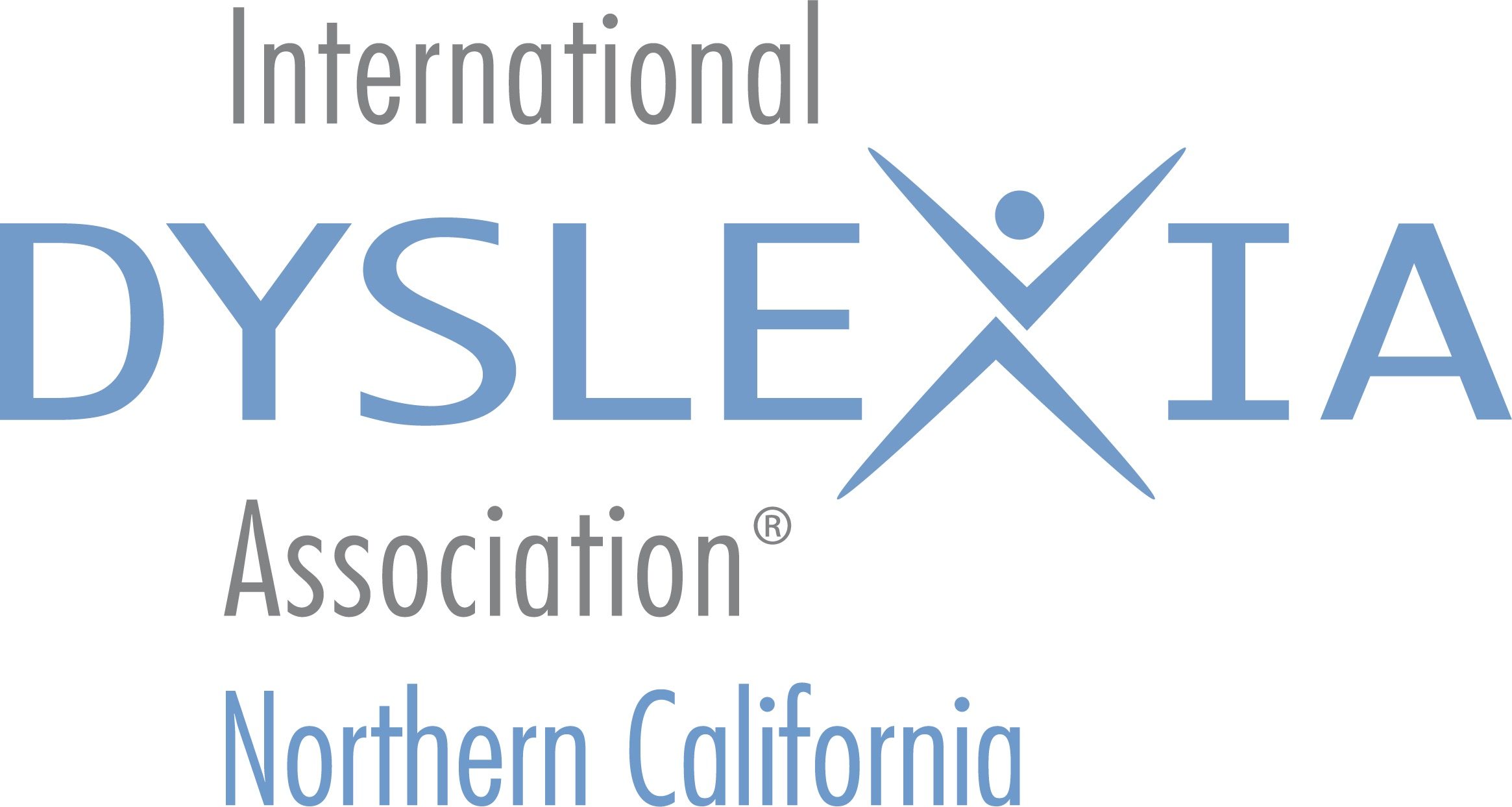2013 FALL EDITION NEWSLETTER
by Mary Kay DiMaggioMK DiMaggio
Mom and Dab,
I like skol. I like Ms.____. I do math gud, but I need yu to help so I can red betr.
I luv you vare much.
Filled with contempt, the second-grade teacher slid this letter across the table to me and my husband. It was from my daughter, Molly, who had always been referred to as “bright” by educators. The letters were misaligned and eraser marks had torn through the page. But yet, it was glued to a brightly colored piece of construction paper, perhaps to highlight the magnitude of its message.
The teacher went on to say that we really should try to help her more at home.
Stunned, embarrassed, and entirely resentful, I reiterated that my eight-year-old and I spent an average of two hours a night on homework and practice. This included more than the recommended 20 minutes a day reading. It also included exhaustive spelling practice. Not to mention the half hour of outside math tutoring and reading drills each day.
I pleaded with her to help me understand what was happening. As a teacher, she must have seen this before? What helped other kids like this? Was there a doctor we could go to? Could this be dyslexia?
She said that she had never had a parent tell her that their child was dyslexic. My daughter’s condition was bound to improve if we just read with her more and possibly talked to her pediatrician.
So we began our quest for help through the system:
Pediatrician: “I don’t know who could diagnose dyslexia outside of the school. I don’t think people use that term anymore. Talk to the school—maybe special ed?”
Special Ed teacher: “Molly hasn’t been tested and deemed special ed, so there is nothing to do right now. Maybe you can talk to our resource specialist.”
Resource specialist: “Oh I can’t help you until she’s been diagnosed through the school… and I can’t speak to this term you’re using—dyslexia. We don’t use that term here. We use learning disability. I would suggest looking on the internet, but there is a lot of bogus information out there, so don’t get caught up in terms.”
I couldn’t understand why no one would help us. I needed just a scrap of information, just a direction, and I would take it from there. It seemed that I was using a dirty word when mentioning dyslexia around the school. Other parents would give me an empathetic look and suggest that we practice reading billboards and street signs, followed with the inevitable, “I really don’t know—my kids have never gotten below a 3 (highest grade) in reading.”
As a result, I struggled with:
The despair of not knowing how to help her.
The anxiety of seeing time slip by without making any progress toward the school’s standards.
The embarrassment of my naïveté—blindly accepting the notion that the school and pediatricians were there to help my daughter and guide us as parents.
The guilt of denying her downtime—making her study so hard, only to get half of her spelling words correct on the test, only to forget them the next day. At the same time, devoting limited time to my son, who seemed to get things so easily.
The regret of becoming so irritated with her, reminding her, “You JUST read THAT WORD on the last page!!”—a scenario that usually ended with both of us crying.
The insecurity of being a working mom. Thoughts would creep in like “…well maybe if I didn’t work, this wouldn’t be happening.”
The isolation of not having anyone around me who understood what we were going through or believed how hard we ALL were trying.
All of these things began to take their toll on our family.
After blindly googling terms like “children’s reading problems,” “poor handwriting,” “spelling issues,” I came across The International Dyslexia Association.
I remember yelling to my husband upstairs, “Oh Mike! They said it—they are USING the word DYSLEXIA!” I must have printed every one of IDA’s fact sheets that night—whether it applied to my daughter or not.
I remember thinking—I’m not crazy. This is a real thing. There’s a whole organization devoted to people going through the same things my family is. Here are resources and scholarly articles discussing the condition. Best yet, there was a local chapter. I remember clicking the links which led to more information about tutors, specialists, and advocates in my area.
With the IDA fact sheets, I was able to give her teacher information about dyslexia and prove to her that it is a REAL condition. I asked in a meeting with the principal and teacher, “Which of these items do NOT apply to Molly?” The teacher took the sheet, read it—and while she never admitted that it was my daughter to a “T”—she sheepishly asked if she could take the sheet with her.
After reading an IDA fact sheet, my mother-in-law said that it fit Molly, but it fit her, too. She went on to explain how she would get so upset about reading out loud in class, she would get sick to avoid it. With that, we have been able to trace the signs of dyslexia back through both my husband’s and my families.
While I hesitated to label my daughter, she and I both take great comfort in knowing this is a real condition. It is not a lack of trying or laziness. Molly has dyslexia. Once we had a name for it, we could begin making a plan.
My husband and I have both spoken to volunteers at NCBIDA, the Northern California Branch of IDA. Each and every time they were patient and supportive—and did I mention they use the word dyslexia?
Since that time, with help and referrals from NCBIDA, we have had Molly evaluated and tested. We have used the referral service to find professionals in the Sacramento area to help her. Additionally, I have connected with local support groups in the Bay Area, listed as links on the NCBIDA webpage. Each of these is another source of continuing education.
Our journey continues; Molly is now going into the 5th grade this fall. We have since changed schools and she has accommodations and an individualized education program (IEP), augmented with outside, specialized tutoring. But most importantly, she knows that she is not “lazy” or “dumb.” Molly knows that in many cases she must work much harder than her peers, but at least she knows why. Her self-esteem has improved, and while she doesn’t talk about her dyslexia outside of the home, she is able to own it, accept it, and occasionally joke about it.
For me, guilt and despair have given way to continued learning, connecting with others, and openly talking about dyslexia. I attend presentations and events sponsored by NCBIDA, which has led to a sense of community. At these events, I never fail to meet others who are going through or have gone through the same things, and I gain insight from their struggles and successes. The International Dyslexia Association has helped to give our family hope and comfort and the courage to take on what challenges are before us.
 Mary Kay DiMaggio
Mary Kay DiMaggio
Mary Kay lives with her husband, 12-year-old son, and 10-year-old daughter in Roseville, CA. She works full-time as a senior risk control analyst for an insurance company.













